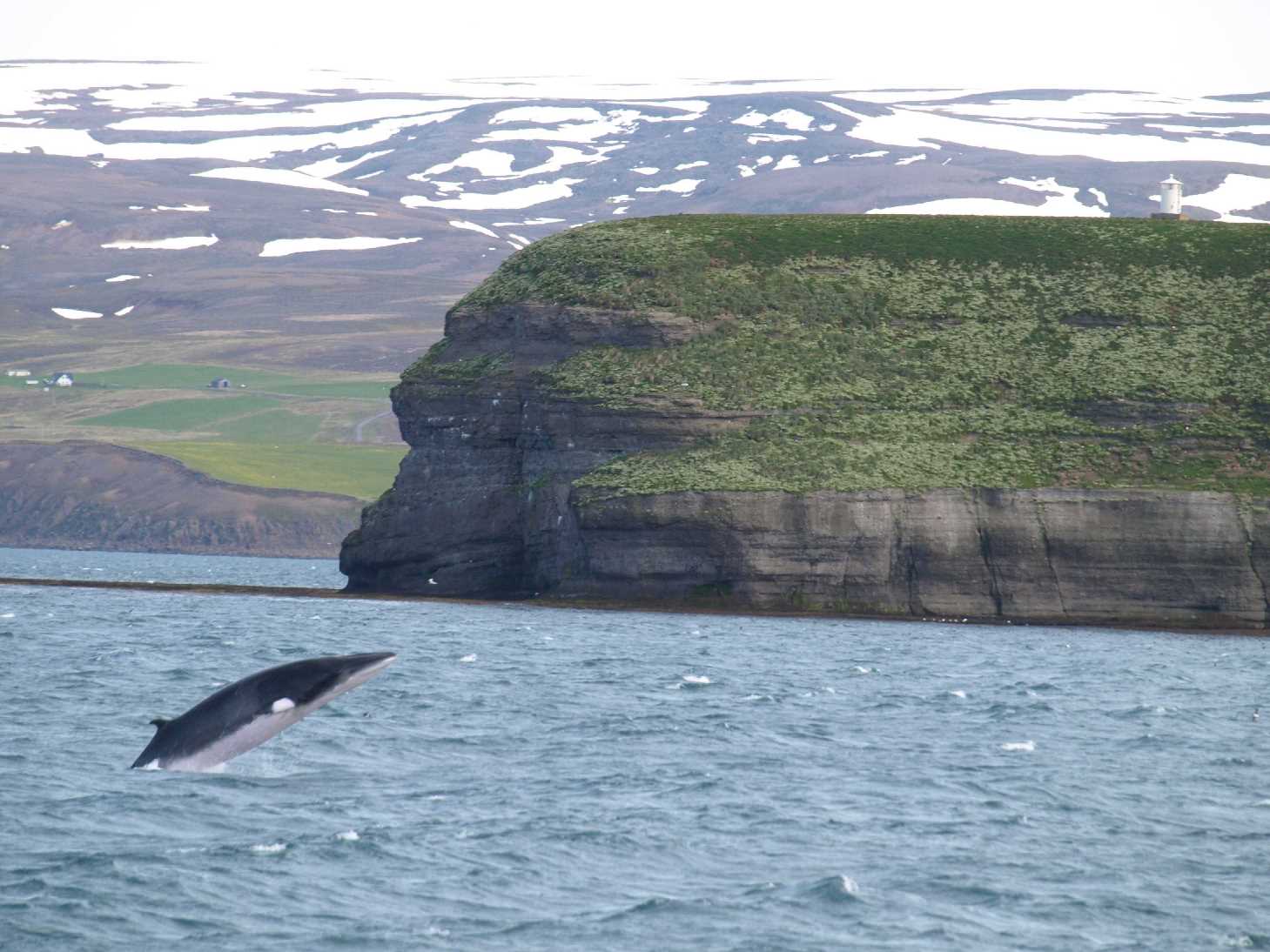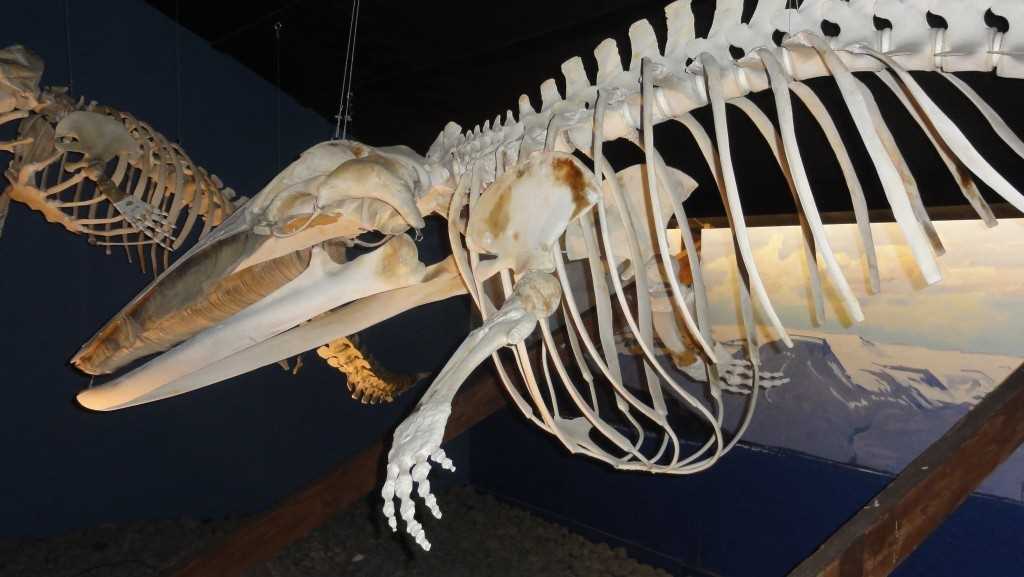
The Wonder of Whales
Today most people think of whales as majestic creatures gliding effortlessly and unseen through depths of the oceans. However, during the Settlement Period, Icelanders’ view of whales was limited to survival, seeing stranded whales as an easy source of food to sustain a community through unforgiving winters. Seventeen sagas mention the relationship between humans and whales in Icelandʼs Settlement Era, with disputes over stranded whales often mentioned as sparking animosity between communities and sometimes even resulting in deadly duels. Finding a stranded whale was a rare and lucky find and the Icelandic word, ‘hvalreki’, or whale stranding, has come to mean ‘jackpot’ or ‘good fortune’.

The Húsavík Whale Museum features permanent exhibitions that explore whales in the context of various cultures. Although Iceland had traditionally abstained from commercial whale-hunting until the turn of the 20th century, it has been involved with whaling since the thirteenth century due to its status as a Norweigen colony. A Norweigen treatise written during this period called ‘The Speculum Regale’, or ‘Kingʼs Mirror’, describes the character of whales found in Iceland and warns men about the dangers of the hunt. “There are certain varieties that are fierce and savage toward men and are constantly seeking to destroy them at every chance. They roam about in all the seas looking for ships, and when they find one they leap up, for in that way they are able to sink and destroy it the more quickly.” Though mixed with bits of folklore, The Speculum Regale gives valuable insight into the historical relationship between man and whale.
The Whale Hunt, a new temporary exhibit at the Húsavík Whale Museum, expands on the museum’s permanent exhibits by exploring the relationship between indigenous whaling cultures and whales with the help of artist Jonathan Harris. Harris journeyed to Barrow Alaska and stayed with the Inupiat Eskimos for nine days to document their indigenous whale hunting. The Whale Hunt allows visitors to come to their own conclusions by following the heartbeat of the hunt through a series of photographs, extending from the preparation before the hunt to the distribution of meat afterwards. Harris’ goal was to witness a tradition without letting modern notions and judgements get in the way of traditions that have existed for thousands of years.
Húsavík’s Whale Museum remains the only museum in Europe dedicated exclusively to whales. The museum seeks to expand its collection as information about whales and the debate surrounding them grows. Iceland stands at the forefront of this debate as opinions have swung from adhering to limitations given by the International Whaling Commission in 1986 to the current position of whaling quotas of certain species until 2013 in the hopes of creating a sustainable industry. These continued connections allow Húsavík’s Whale Museum to evolve its exhibits to reflect man’s varied relationship with whales, while maintaining a neutral perspective.


